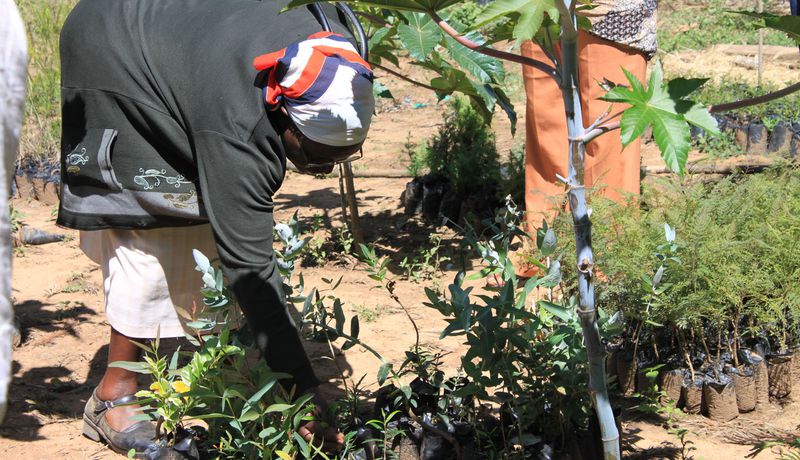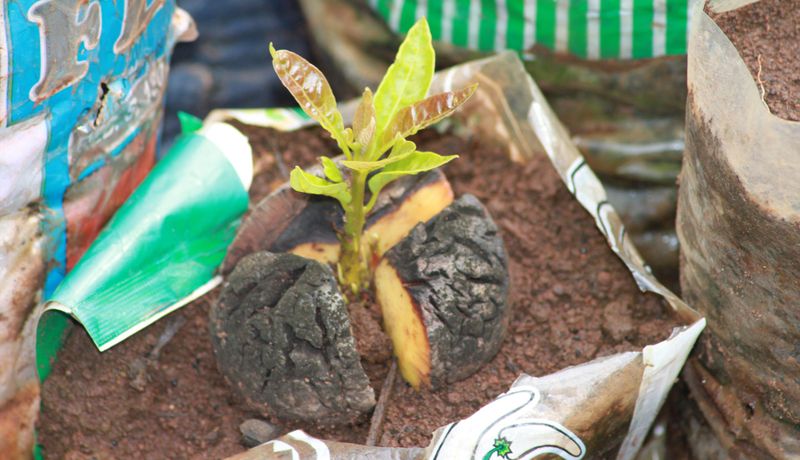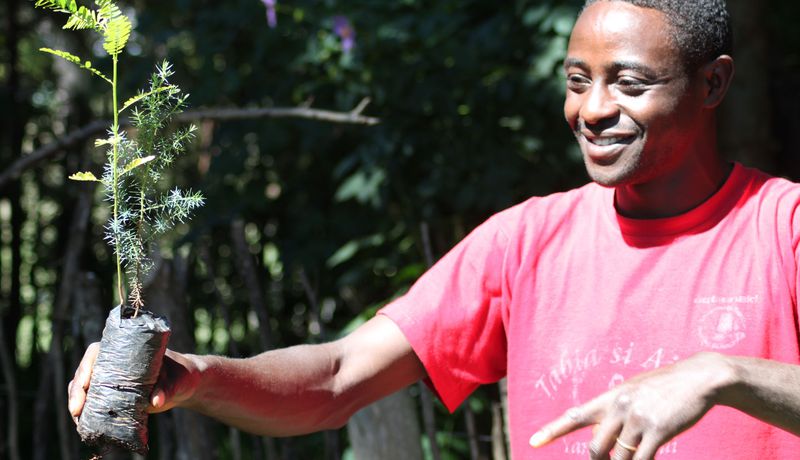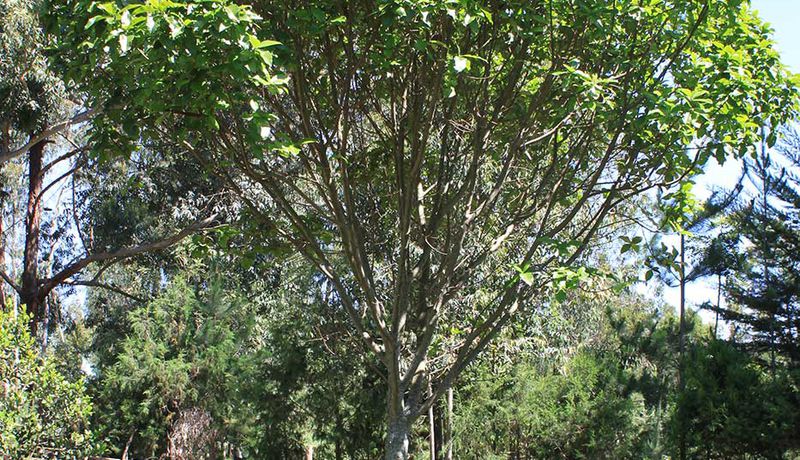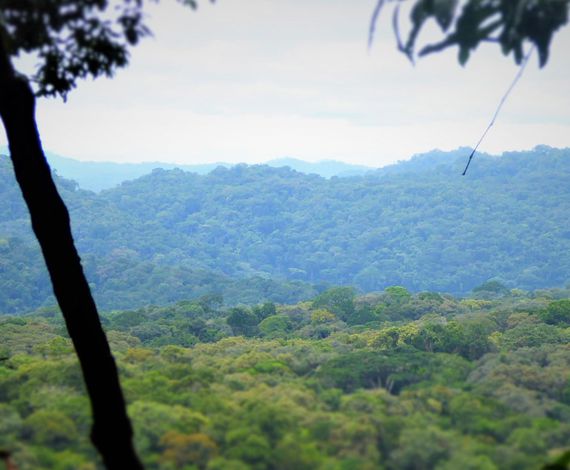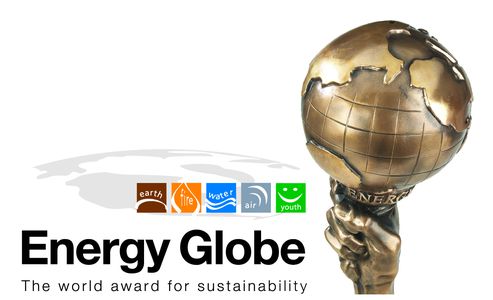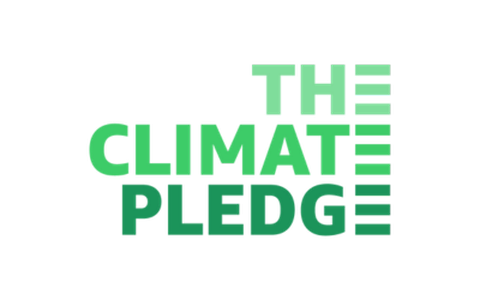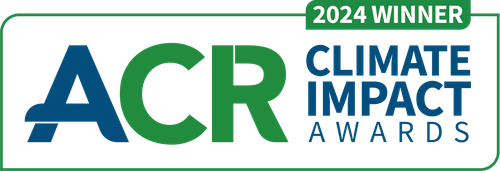The project organises community-based tree planting initiatives with over 12,000 small groups involving 90,000 farmers in Kenya and Uganda. Under traditional practices, farmers clear trees to increase available agricultural land, which erodes quality by removing nutrients from the soil.
Forestry projects such as this combine carbon sequestration with sustainable development, helping to improve community livelihoods through education and training, and create additional sources of income beyond smallholder farming. In addition, carbon finance is paid to farmers for surviving trees.
Over 15 million trees have been planted and their growth is monitored as part of this project.
In addition to delivering approximately 42,000 tonnes of emissions removals annually to help take urgent action to combat climate change (SDG 13), the project delivers multiple other sustainable development benefits. These include:
- No Poverty: Agricultural training improves household crop yields and creates marketable commodities such as fruits, nuts, and honey.
- Zero Hunger: Nearly 50% of farmers have increased their food supply thanks to training on conservation farming. Yields increased between two and 10-fold with these agricultural improvements. In addition, 10% have planted fruit and nut trees after education about growing fruit trees and the importance of species that can provide other non-timber forest products – such as neem and moringa – which provide natural medicines and insecticides.
- Gender Equality: 42% of the members of small farming groups are women. Women are given access to leadership training and groups are encouraged to use a rotating leadership structure. This allows women to take on levels of managerial responsibility they may not have previously had.
- Good Health and Wellbeing: Small group meetings offer education around the importance of water purification and socio-economic problems such as HIV/ AIDS, bringing awareness in health and hygiene issues to over 90,000 people in the area. The project also provides assistance with the building and use of fuel-efficient stoves, more than 20,000 of which have helped minimise indoor air pollution and the associated health implications for families exposed.
- Quality Education: By implemented a two-way communications network the project has substantially increased the number of adults who have relevant skills for decent jobs. Communications include newsletters, weekly meetings in small groups, monthly meetings for small groups to receive training, periodic seminars at national levels, and a monitoring system based on hand-held computers and GPS.
- Clean Water and Sanitation: Tree planting, particularly in the land near waterways, contributes to the improvement of the water catchment areas by improving the supply, consistency and quality of the water available. Additionally, educational training around the importance of water filtering is helping to raise water hygiene and safety awareness.
- Decent Work and Economic Growth: The data collection of carbon sequestered is conducted by trained local employees, called Quantifiers, who are often project members themselves. Approximately 60 Quantifiers, 10 auditors and eight leadership committee roles have been created, and further roles are becoming available as the project expands. Training provided to assist in alternative income generating activities such as beekeeping and wood product marketing is helping build the overall economy and diversify products that can be sold to outside markets.
- Life on Land: Through the planting of trees, which provide shade that enables grasses to grow under the canopy, the project reduces soil erosion and surface water runoff as well as improving infiltration into the soil. It also improves the connectivity of wildlife habitat between natural forests. The area, which is designated as a UNESCO World Heritage Site, contains dozens of rare and endangered species. This project reduces the pressure on these high conservation value areas. In addition, deadfall from trees planted will reduce the need for tree wood from outside of the project.
- Reduced Inequalities: The rotating leadership structure of the small groups empowers women and the undereducated.
Eunice recently attended a seminar held for farmers to learn about the benefits of the community reforestation project, and the impacts of reforestation in their community. Since attending the seminar, Eunice has decided to form a small group with her neighbours to plant trees like avocado and gravaria. She’s already started to apply some of the conservation farming techniques she has learned, and is planting a new bed of maize.
Our goal is to deliver 1 billion tonnes of emissions reductions by 2030
600+ projects have been supported by Climate Impact Partners
100+ million tonnes of emissions reduced through carbon finance
I used to have a problem of not enough food for my family. When I started conservation farming through this initiative, the food supply increased and now I have surplus to sell. This has enabled me to send my children to school and improve our standard of living.
Delivering towards the Global Goals

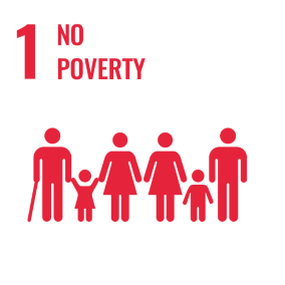
No Poverty
End poverty in all its forms everywhere
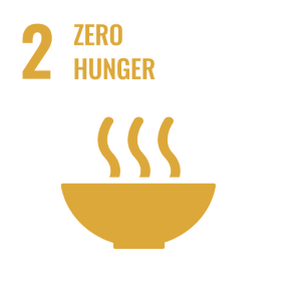
Zero Hunger
End hunger, achieve food security and improved nutrition
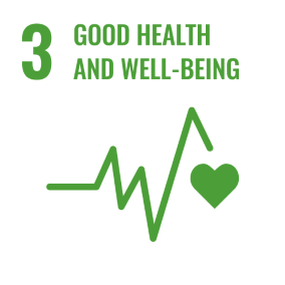
Good Health and Wellbeing
Ensure healthy lives and promote well-being for all at all ages
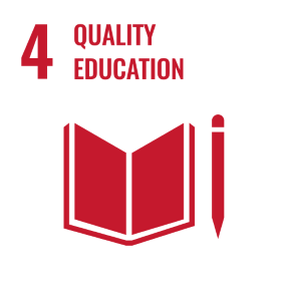
Quality Education
Ensure inclusive and equitable quality education and promote lifelong learning opportunities
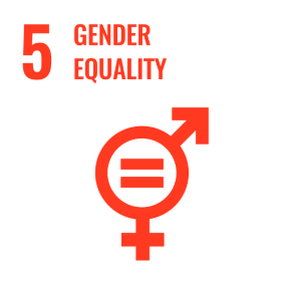
Gender Equality
Achieve gender equality and empower all women and girls
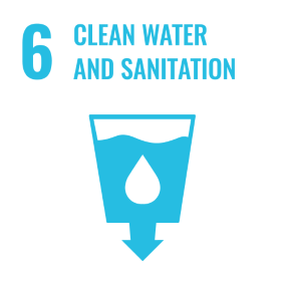
Clean Water and Sanitation
Ensure access to water and sanitation for all
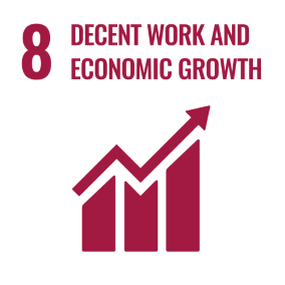
Decent Work and Economic Growth
Promote inclusive and sustainable economic growth, employment and decent work for all
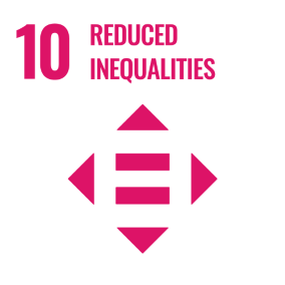
Reduced Inequalities
Reduce inequality within and among countries
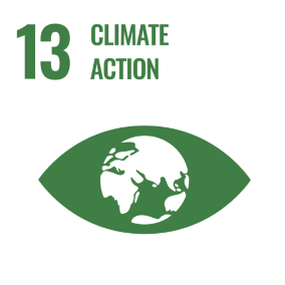
Climate Action
Take urgent action to combat climate change and its impacts
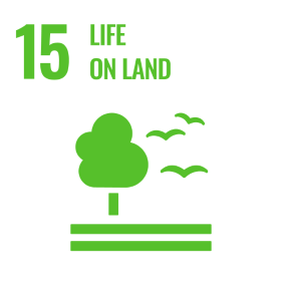
Life on Land
Sustainably manage forests, combat desertification, halt and reverse land degradation, halt biodiversity loss


Supporting our projects delivers on multiple UN Sustainable Development Goals (SDGs). You can read more on the Goals below.
Learn more about the global goalsNext Steps
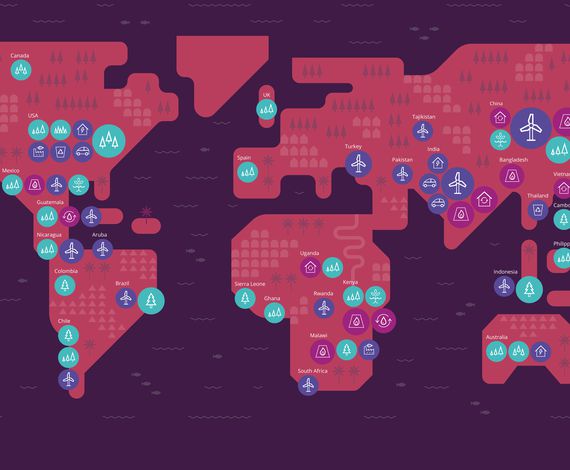
Explore our projects
Explore our range of projects across the globe: nature based solutions, health and livelihoods and sustainable infrastructure.
Explore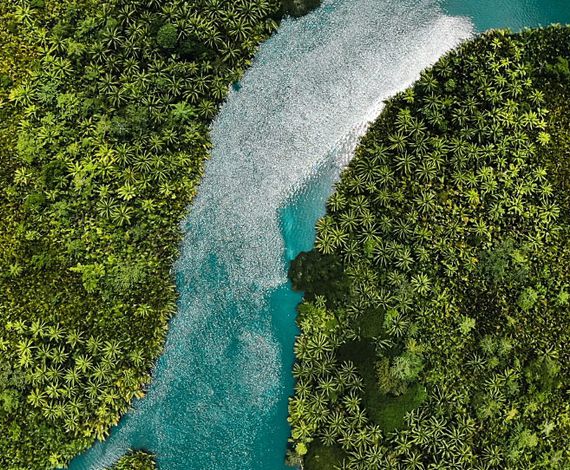
Business Solutions
We are the leading solutions provider for carbon offsetting, net zero, carbon neutrality and carbon finance project development.
Read more
